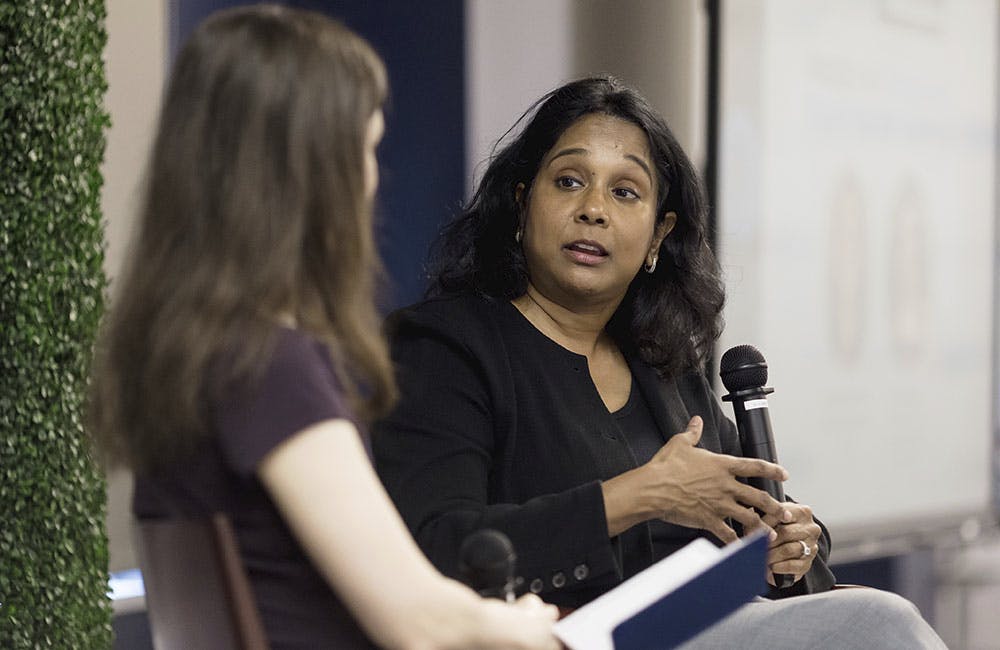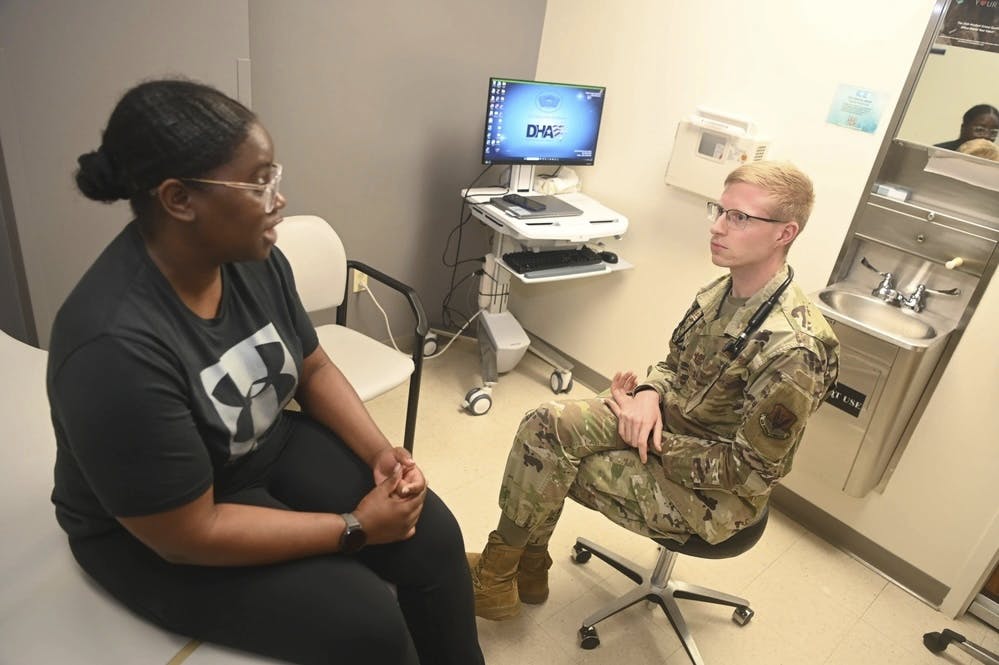DHS Tabs Cyber and AI as Innovation R&D Priorities
The agency’s plan utilizes AI to better address future threats, secure critical infrastructure and improve workforce efficiency.

Homeland Security leaders ranked cybersecurity and artificial intelligence as its top two priorities for their cross-cutting needs and efforts five months after releasing its Innovation, Research and Development Strategic Plan.
Agency leaders set up eight working groups to rank the strategic priority research areas that also included areas like biotechnology and advanced sensing.
“The cybersecurity identified a lot of cross-cutting focus areas like resiliency analytics, information sharing software and hardware assurance,” said Jonathan McEntee, Operations and Requirements Analysis Director for the Science and Technology Directorate at DHS. “And with the AI and autonomous systems, we looked at infrastructure and enablement, big data and machine learning, risk and oversight and overall workforce improvement, how can we better utilize AI to improve how we do our positions.”
McEntee said the IRD Strategic Plan offers a demand signal to industry, international, interagency and academia partners on these needs through fiscal year 2030.
“The plan was built on this robust cross component from a technological level setting standpoint, but also on interoperability, which is very critical in the department especially where we have components that work on key missions together,” said McEntee.
DHS spent eight months inventorying its current IRD activities and looked at how it’s going to start implementing technology, long-term planning, as well as thinking ahead of those threats and taking steps to be better prepared by FY2030.
Investment Roadmap
The agency is already starting to identify how they’re going to achieve the objectives of IRD. McEntee said the main goal over the next year is to develop roadmaps of investments, putting these ideas in place across the agency and better understanding where everybody is investing in technology.
“What is Coast Guard doing with regards to AI and autonomous systems? What are we doing in that? What is CISA doing? And so that helps us to identify who’s doing what, and then it helps us to better identify what we call IRD deltas, which are the holes as we build the road map of who’s investing in what over the next six to seven years and who’s not investing in this particular portion of AI and autonomous systems,” said McEntee. “We need to better collaborate on this and then that will help us better determine where we need to be.”
McEntee said DHS is also excited to explore how it can utilize AI as a force multiplier to advance individual capabilities and optimize existing resources, AI communities and vendors.
“AI is going to play a major role in several of our strategies, especially in data analytics and decision support systems and capabilities, because a lot of these can help create efficiencies and operational optimization,” said McEntee. “It’s going to help us free up our workforce so that they can focus on higher priority missions and mitigate as well with the deployment of new capabilities.”
This is a carousel with manually rotating slides. Use Next and Previous buttons to navigate or jump to a slide with the slide dots
-

NIST to Release New AI Cybersecurity Guidance as Federal Use Expands
NIST plans to release AI cybersecurity guidance within the year to support safe adoption as federal agencies expand use cases.
4m read -

CIA Adds Fourth Pillar to AI Strategy, CAIO Says
Lakshmi Raman says the new pillar marks a strategic shift toward embedding AI more deeply into the CIA’s day-to-day mission execution.
3m read -

FEHRM CTO Targets Two-Year Cloud Migration for Federal EHR
Lance Scott touts new EHR tech advancements, including cloud migration, expanded data exchange and AI integration to improve care delivery.
4m read -

AI Enables Coast Guard’s Workforce to Transform Operations
The Coast Guard’s Deputy CIO Brian Campo delves into the ways AI is pushing the service to rethink its core services, workforce and operations.
14m watch








